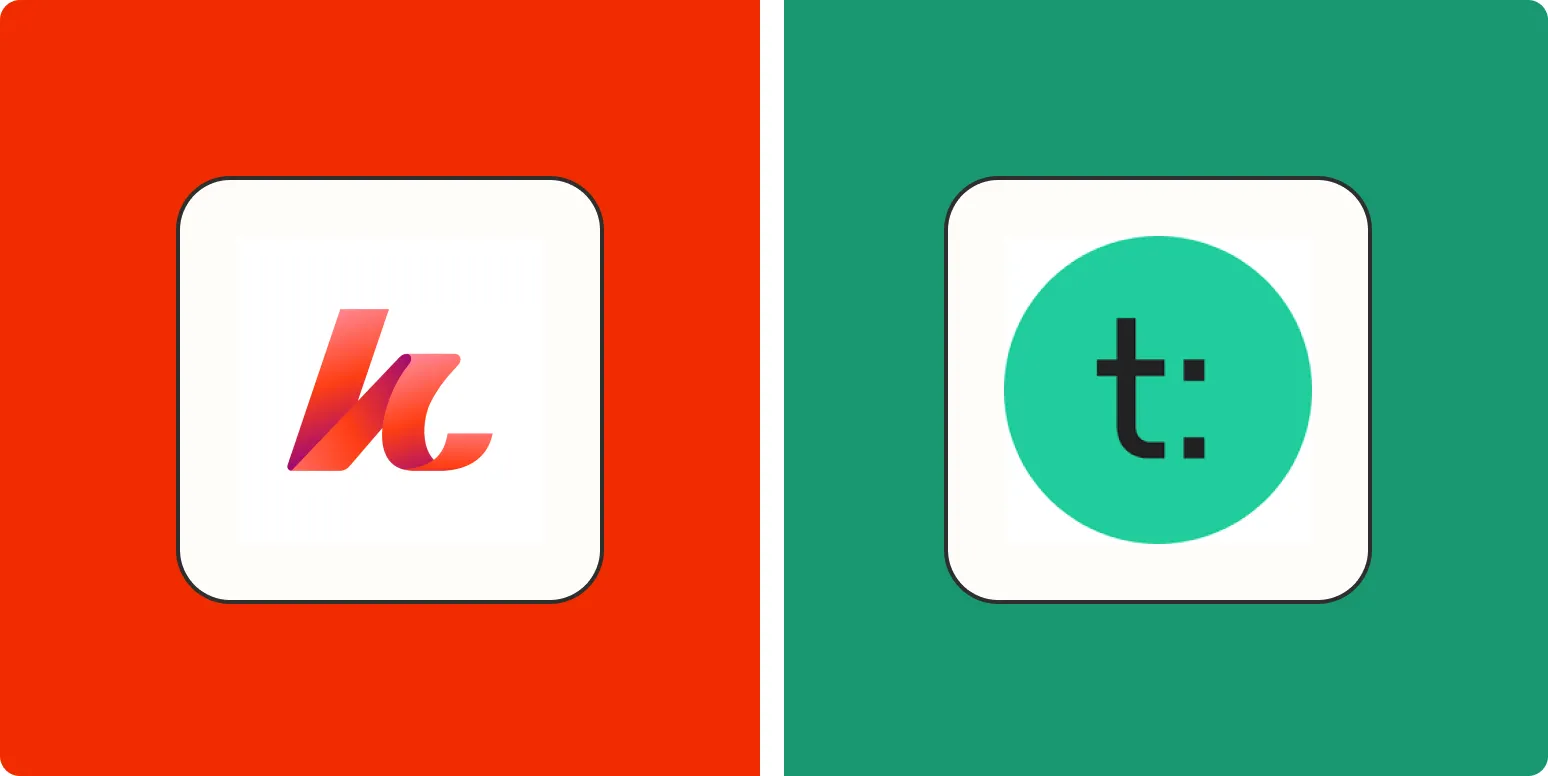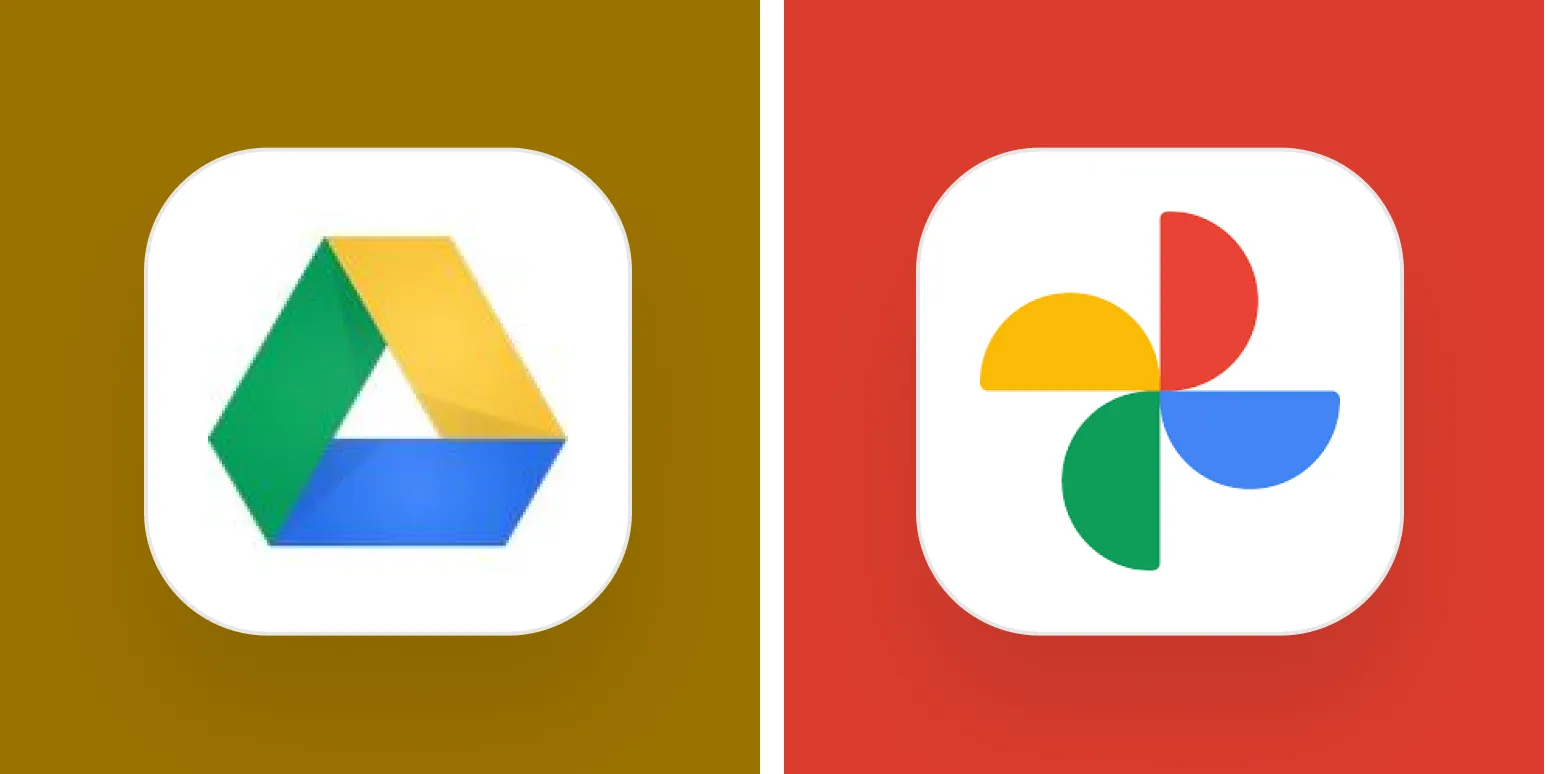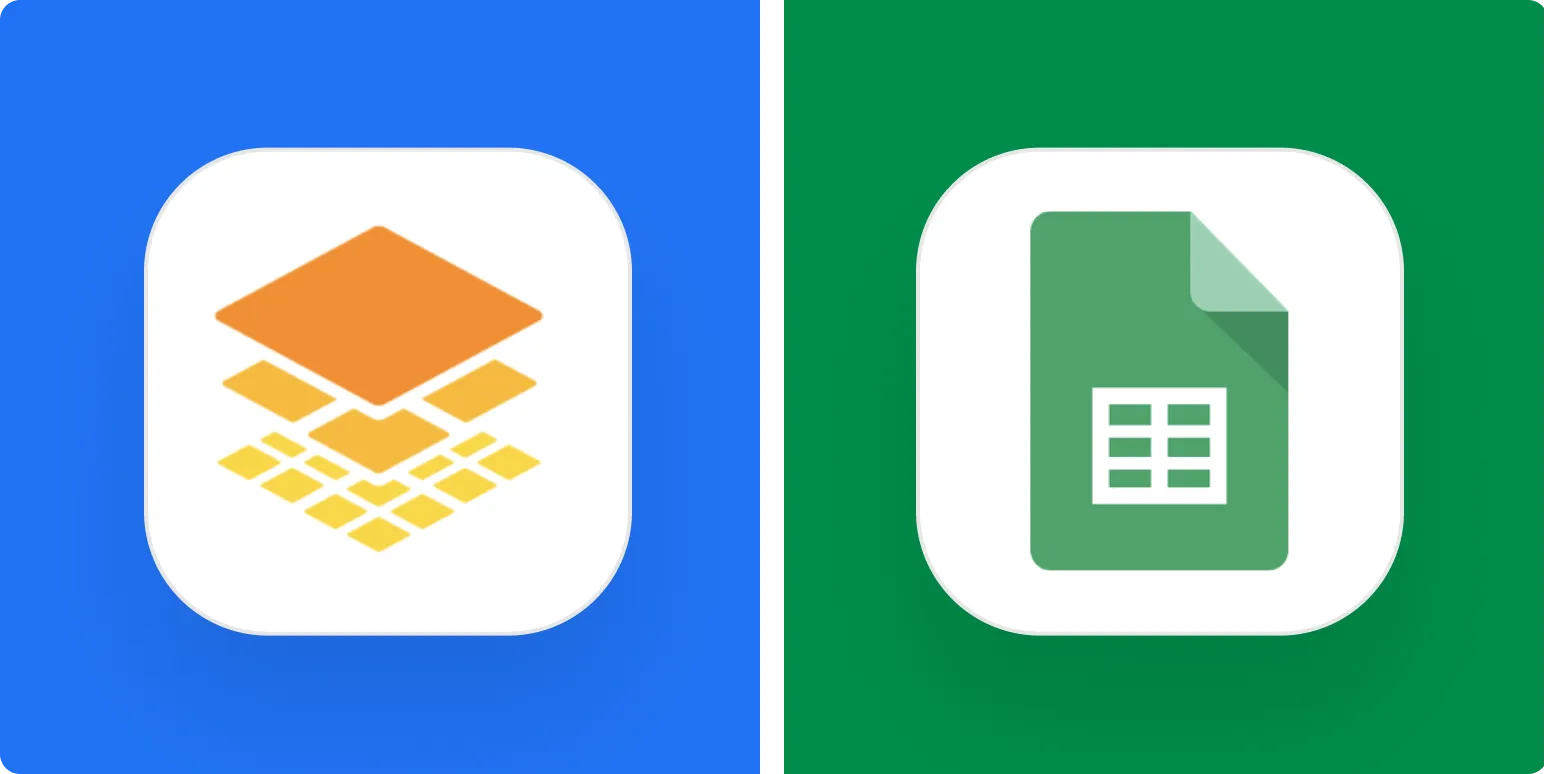When it comes to creating and selling online courses, choosing the right platform is crucial for your success. Two popular options in the market are ''Kajabi'' and ''Teachable''. Each platform has its unique features, pricing structures, and benefits, so let's dive deeper into what each offers to help you make an informed decision for 2025.
Feature Comparison
| Feature | Kajabi | Teachable |
|---|---|---|
| Course Creation | Advanced tools for creating interactive courses, including quizzes and assessments | Simple drag-and-drop interface for easy course setup |
| Marketing Tools | Comprehensive marketing automation, landing pages, and email marketing | Basic marketing features with limited automation |
| Customization | Highly customizable with themes and design options | Limited customization options |
| Pricing | Higher pricing plans, starting at $149/month | More affordable options, starting at $39/month |
| Payment Processing | Built-in payment processing with multiple payment options | Supports PayPal and Stripe for payment processing |
User Experience
Both ''Kajabi'' and ''Teachable'' have user-friendly interfaces, but they cater to different types of users. Kajabi is designed for those who want an all-in-one solution with advanced features, while Teachable is more suitable for beginners looking for a straightforward way to launch their courses.
Pricing Structure
When comparing ''Kajabi'' vs. ''Teachable'', pricing is a significant factor. Kajabi's pricing is higher due to its extensive features, making it ideal for established businesses or those willing to invest heavily in their online course. On the other hand, Teachable's lower pricing makes it accessible for new course creators or those on a budget.
| Platform | Basic Plan | Pro Plan | Business Plan |
|---|---|---|---|
| Kajabi | $149/month | $199/month | $399/month |
| Teachable | $39/month | $119/month | $299/month |
Integrations
Integration capabilities are essential when choosing an online course platform. ''Kajabi'' offers a variety of integrations, including email marketing tools like Mailchimp and CRM systems. This makes it easy to manage student data and communication. ''Teachable'' also provides integrations but tends to have fewer options compared to Kajabi.
Support and Community
Support is another critical aspect of any online platform. ''Kajabi'' offers 24/7 customer support, ensuring that users can get assistance whenever they need it. They also have a vibrant community of users who share tips and strategies. ''Teachable'', while offering support, has a reputation for slower response times, which could be a downside for some users.
Marketing Features
If marketing your course is a priority, ''Kajabi'' excels in this area. It provides tools for creating landing pages, email marketing campaigns, and even pipelines for automating marketing tasks. This can significantly enhance your ability to attract students. In contrast, ''Teachable'' offers basic marketing features but lacks the automation capabilities of Kajabi, making it less powerful for advanced marketers.
Conclusion: Which Platform Should You Choose?
Ultimately, the choice between ''Kajabi'' and ''Teachable'' depends on your specific needs and goals. If you're a serious course creator looking for an all-in-one platform with extensive marketing tools and support, Kajabi may be the better option despite its higher price tag. However, if you're just starting or have a limited budget, Teachable provides a more affordable solution with essential features to get your course off the ground.
In summary, both platforms have their strengths and weaknesses. Assess your requirements carefully and consider factors like budget, technical skills, and marketing needs to decide which platform aligns best with your vision for your online course. By choosing the right platform, you can set the stage for a successful online teaching experience in 2025 and beyond.





